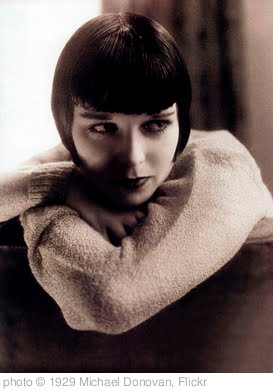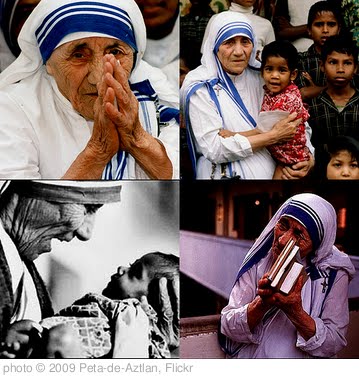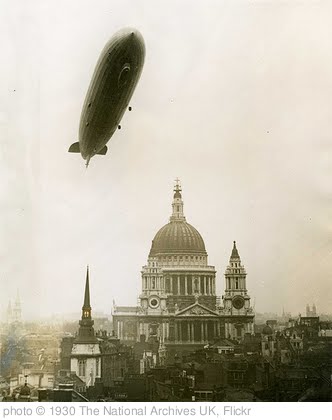 Eric P. Kelly was an American newspaperman and later professor of English at Dartmouth, but his heart was with the Polish people during and after both World War I and World War II. He worked with Polish refugees after World War I, and he came to love Warsaw, writing to his mother, “Warsaw is a beautiful city, reminds me in some ways of Denver.” Then, in 1925-26, Mr. Kelly was a lecturer at a polish university in Warsaw where he heard the legend of the trumpeter of Krakow who, in 1241, was pierced by a Tartar arrow before he could finish a song called the Heyna? Mariacki (aka St. Mary’s Song or the Krakow Anthem). Ever since then, the song has always been played every hour four times from the tower of the Church of Our Lady St. Mary, but abruptly cut short before it is finished.
Eric P. Kelly was an American newspaperman and later professor of English at Dartmouth, but his heart was with the Polish people during and after both World War I and World War II. He worked with Polish refugees after World War I, and he came to love Warsaw, writing to his mother, “Warsaw is a beautiful city, reminds me in some ways of Denver.” Then, in 1925-26, Mr. Kelly was a lecturer at a polish university in Warsaw where he heard the legend of the trumpeter of Krakow who, in 1241, was pierced by a Tartar arrow before he could finish a song called the Heyna? Mariacki (aka St. Mary’s Song or the Krakow Anthem). Ever since then, the song has always been played every hour four times from the tower of the Church of Our Lady St. Mary, but abruptly cut short before it is finished.
I’ve never managed to finish Mr. Kelly’s 1928 novel, The Trumpeter of Krakow, either, even though it won the Newbery Medal in 1929 and even though I’ve started it several times. However, I’m working on it now (again), and I’ll let you know what I think when I finish.
Eric P. Kelly also wrote the following books, a few of which I would really like to check out:
The Blacksmith of Vilno (1930) Also set in Poland, one of Kelly’s three “Polish novels.”
The Golden Star of Halicz (1931) The third of the Polish novels.
Christmas Nightingale (1932) Christmas stories of Poland, illustrated by Marguerite De Angeli.
The Girl Who Would be Queen (1934) Biography of the Countess Franciszka Corvin-Krasi?ska who lived during the 18th century in Poland and who sounds as if she might have been a fascinating person. A Polish writer of children’s literature, Klementyna Ta?ska, wrote a novel in 1825 about Countess Krasinska, The Diary of Countess Francoise Krasinska (children’s or adult?).
Three Sides of Angiochook (1935)
Treasure Mountain (1937)
At the Sign of the Golden Compass (1938) A tale of the printing house of Christopher Plantin in Antwerp, 1576.
On the Staked Plain (1940) Maybe a cowboy story?
From Star to Star (1940) A story of Krakow in 1493.
In Clean Hay (1940) Christmas story, illustrated by Maud and Miska Petersham.
Land of the Polish People (1943) The Portraits of the Nations Series.
The Hand in the Picture (1947) Another fiction book set in Poland.
The Amazing Journey of David Ingram (1949) This one sounds amazing. Did you know that there was a young man, David Ingram, who claimed to have walked from Tampico, Mexico to Nova Scotia in 1568, the first European to have traveled across the continent. He also claimed to have seen silver, gold, elephants, and penguins on his journey, which makes some people doubt his story. Nevertheless, a book about the journey of David Ingram would be fun to read, I think.
Polish Legends and Tales (1971)
So, Eric P. Kelly, born March 16, 1884, died in 1960 after 33 years of teaching English at Dartmouth. The Trumpeter of Krakow was his first published book, and it remains his most well-known. If you happen to run across any of his other books, grab them for me.







